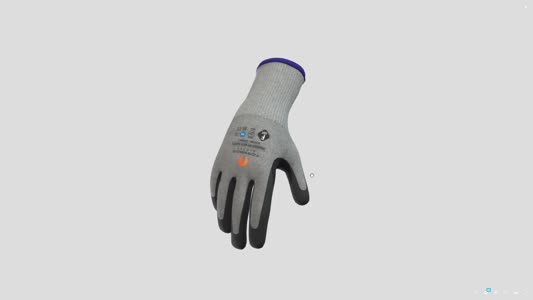
 |
Mark Sennett
Managing Editor |
 |
Kelly Rose
Editor |
| Home> | Premises | >Risk Management | >Lessons in safety - March 24 |
Lessons in safety - March 24
15 January 2024
Matt Powell-Howard provides some tips for incident investigations.

AT THE end of 2023, we shared three tips for incident investigations on the NEBOSH social media channels. Our followers seemed really interested in the topic so I thought it would be a great basis for a column to discuss these tips in more detail. So here we go…
Start as soon as you can
Evidence disappears, memory fades, people leave and it looks like you don’t care if you don’t act quickly
But there is a ‘but’. Before your investigation begins:
establish emergency response (if required) and ensure the scene is safe;
preserve the scene.
There can be a conflict between making the scene safe and preserving it, however the safety objective will always win.
It's important to note that while it might not be immediately apparent, if the incident is reportable under local legislation, such as RIDDOR, it is imperative to notify the relevant authority within the specified timeframes dictated by country-specific laws.
How soon an investigation should start will depend on the level of risk involved - in general, as soon as possible. Where witnesses are to be interviewed, this should happen as quickly as possible to ensure witnesses do not have an opportunity to forget elements that could be relevant to the investigation. However, when dealing with traumatised witnesses, it may be appropriate to only request an initial account of their observations. Such individuals should be approached with empathy and understanding
Be proportionate
Avoid costly investigations for minor incidents
Guage the incident and conduct your investigation proportionately. Use time, people and resources wisely – people will be more willing to help next time if they believe you’re using their time wisely.
That said, near-miss reporting and investigation should not be overlooked because there were no immediate consequences and you don’t want to bother people. Near misses and minor incidents provide us with far more opportunities to learn and improve safety as they allow us to address safety hazards before they lead to more serious consequences.
Look at evidence
Beware of bias
Information can be gathered in multiple ways – physical, verbal and written evidence – however be alert to bias in yourself and in witnesses, even when presented with evidence.
There are different types of biases. I don’t have space to detail them all here; however, one to consider is ‘cherry picking’ or confirmation bias, where a person will focus only on elements that confirm what they believe to be correct. This type of bias can be detrimental; people can cling to their perceived beliefs even when evidence challenges that perception or belief.
Challenge these assumptions to ensure the conclusions you make are based on all of the evidence, not just a selection. This type of bias can often be present where familiarity with the workforce, work areas and equipment can result in opinions being cemented prior to any incident.
This guidance is taken from the NEBOSH HSE Introduction to Incident Investigation.
Matt Powell-Howard is head of product development at NEBOSH. For more information about this qualification, visit: www.nebosh.org.uk/inv
- Lessons in safety - June 23
- NEBOSH and BCSP agreement provides more opportunities around the world
- NEBOSH and HSE join forces to create health and safety qualification for business leaders
- In the spotlight with Dr Chris Payne
- Staying relevant
- Lessons in safety - April 23
- NEBOSH Diploma can lead to 16% salary boost
- ISO 45001 – Establishing a global standard
- HSE praises NEBOSH diploma holders
- Lessons in safety - October 21























